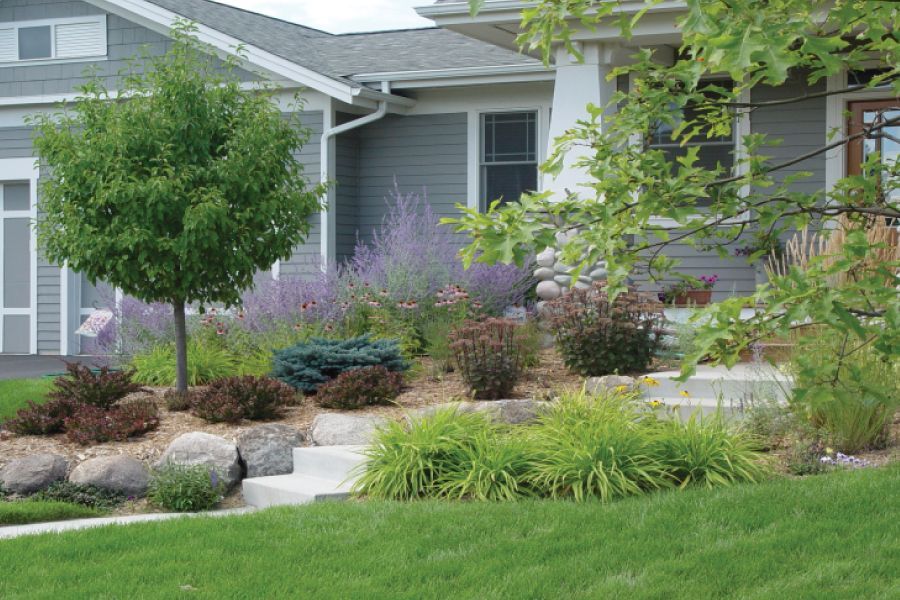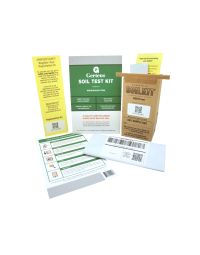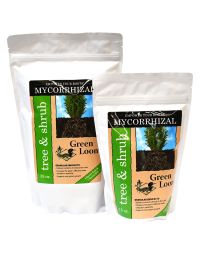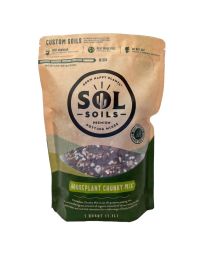Every gardener I know loves getting their hands in the “dirt”. Did you know you’re plunging your fingers into billions of microorganisms? The University of Minnesota Dept. of Soil, Water and Climate says that includes bacteria, fungi, nematodes and larger organisms like insect and earthworms. That’s what you hope is in your landscape.
But there is also the soil mix for your houseplants, potted annuals, vegetables and herbs. Is there a difference? Yes… and no. It depends. Boy, that really cleared it up!
If you’re starting an outdoor garden for whatever purpose, get a soil test. The University of Minnesota offers a comprehensive soil test for about $20. Gertens has partnered with AgriTech to offer a more comprehensive test. You’ll receive information on the levels of NPK in your soil and suggestions on how to amend it.
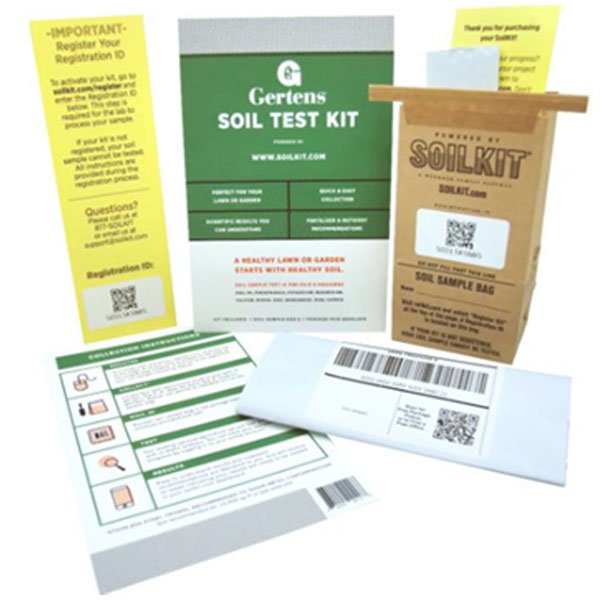

What IS NPK and how is it used? N – nitrogen promotes leaf growth, P – phosphorus supports root growth and fruiting and K – potassium helps your plants resist disease and stay healthy. You need all of them but in varied amounts. The numbers (ratio) on fertilizers correspond with the letters NPK.
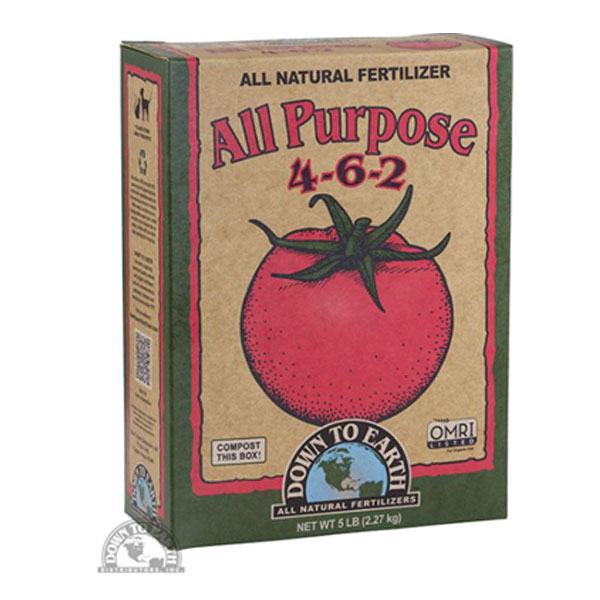

NOTE: In Minnesota it’s illegal to use phosphorus on lawns UNLESS a soil test shows a need for it or a new lawn is being established by seed or sod. It is an environmental concern as phosphorus leaches into our waterways and affects our ecosystems in a negative way.
There are lots of options. Here’s a link to Gertens choices. Click on the link that corresponds to the particular plant or plants you are looking to fertilize. From flowers to vegetables to trees, shrubs and more.
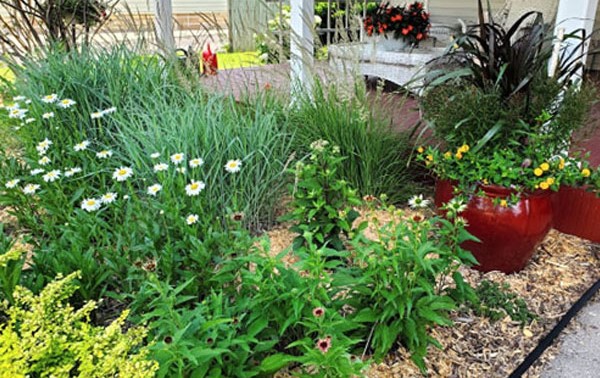

For any outdoor situation, I recommend adding organic matter. From the University of Minnesota:
Organic matter is composed of living things (plant roots and organisms), dead things (recent plant and animal residue), and very dead things (highly decomposed material, or humus). As organisms decompose organic matter, nutrients become available to plants. Plants need a wide variety of nutrients for optimum health, just like humans. In fact, there are 17 essential nutrients that all plants need to grow. Organic matter such as compost can be a source of macronutrients like nitrogen as well as micronutrients such as manganese and zinc. Organic matter also improves soil physical properties such as aeration and water retention, allowing for healthy root growth.
Check out Living Soil, healthy garden from the UofMN
Ways to improve your soil include:
- Adding organic matter such as dried, crumbled leaves, leaf mold, animal manure (not ALL kinds and NEVER use fresh manure) and compost. Note: dairy cow manure is recommended, rabbit manure is also good stuff.
- Incorporate compost into the existing soil – Garden Scoop suggests using a garden fork rather than tilling.
- Minimize chemical use.
- Rotate your crops.
- Use mulch and/or cover crops for your garden beds:
- They reduce soil borne pathogens.
- Conserve soil moisture.
- Minimize weeds.
- Reduce plant stress from temperature fluctuations.
Now what about those potted annuals we change out each season? What soil should we use? I recommend using Gertens brand Potting Soil. The growers at Gertens know what they’re doing and have blended it with organic ingredients and included Mycorrhizae, which is a fungus that forms a symbiotic relationship with the roots of what you plant. The plant gives mycorrhizae carbon while the mycorrhizae allow for the uptake of more nutrients to the plant. If you want more on the science of their relationship check out the University of Wisconsin Horticulture Extension. You can use the same Potting Soil for your vegetables too.
As for your in-ground gardens, flowerbeds, and landscape beds, look to their Garden Soil. You can buy it bagged or in bulk. It’s composed of about 40% pine fines, 30% compost, 20% peat moss, and 10% topsoil. This allows for better drainage and airflow.
As for trees & shrubs, Green Loon Mycorrhizal is a recommended choice to mix into your planting hole. There’s also Green Loon Plant Food for Perennials, Trees & Shrubs. The NPK is 15-7-15. An excellent combo.
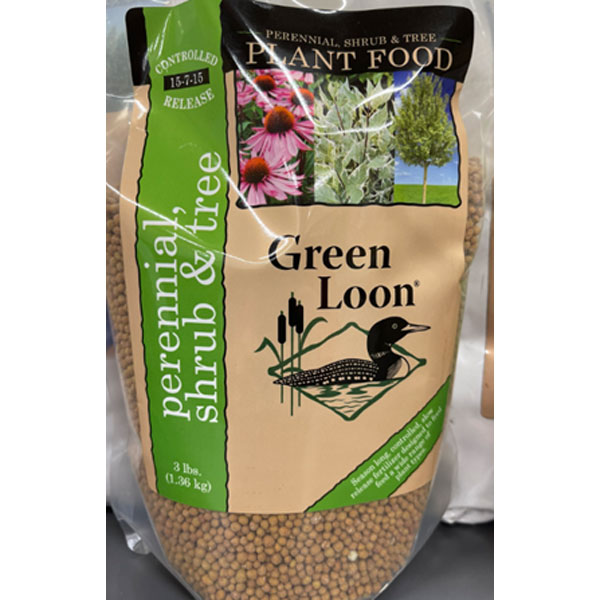

But what about indoor plants, ‘Scoop? That’s nearly a whole other topic in and of itself! Very quickly, it depends on what you are growing. Is it a seed-starting mix? An African Violet? Cactus or Succulent? And the list goes on. Here’s my recommendation; talk with the experts at Gertens for any specifics.
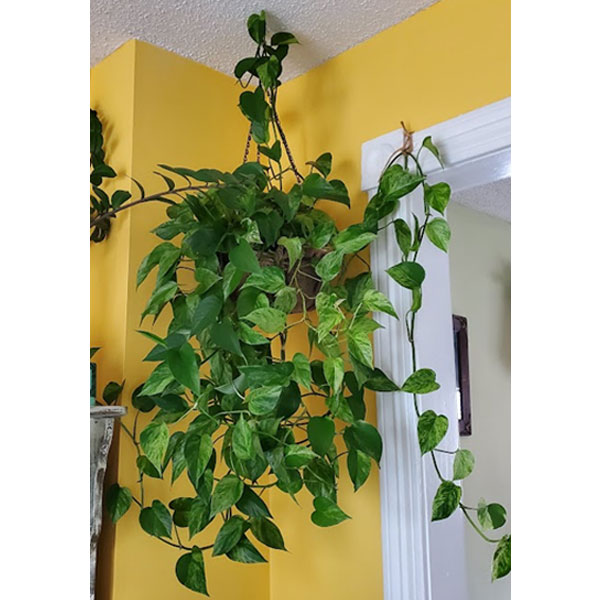

Pothos ‘Marble Queen’
I will tell you that all houseplants prefer a lightweight mix because they all need better drainage than most pots they’re in offer. The Gertens brand of potting soil that you would use for your outdoor pots is good for your indoor houseplants. However, if you are concerned about drainage then mix in some coco coir, small bark chunks or a Sol Soils product, especially for any cactus or succulent. If it’s an Orchid you have… then use an Orchid mix! There are many options in the Sol Soils collection.
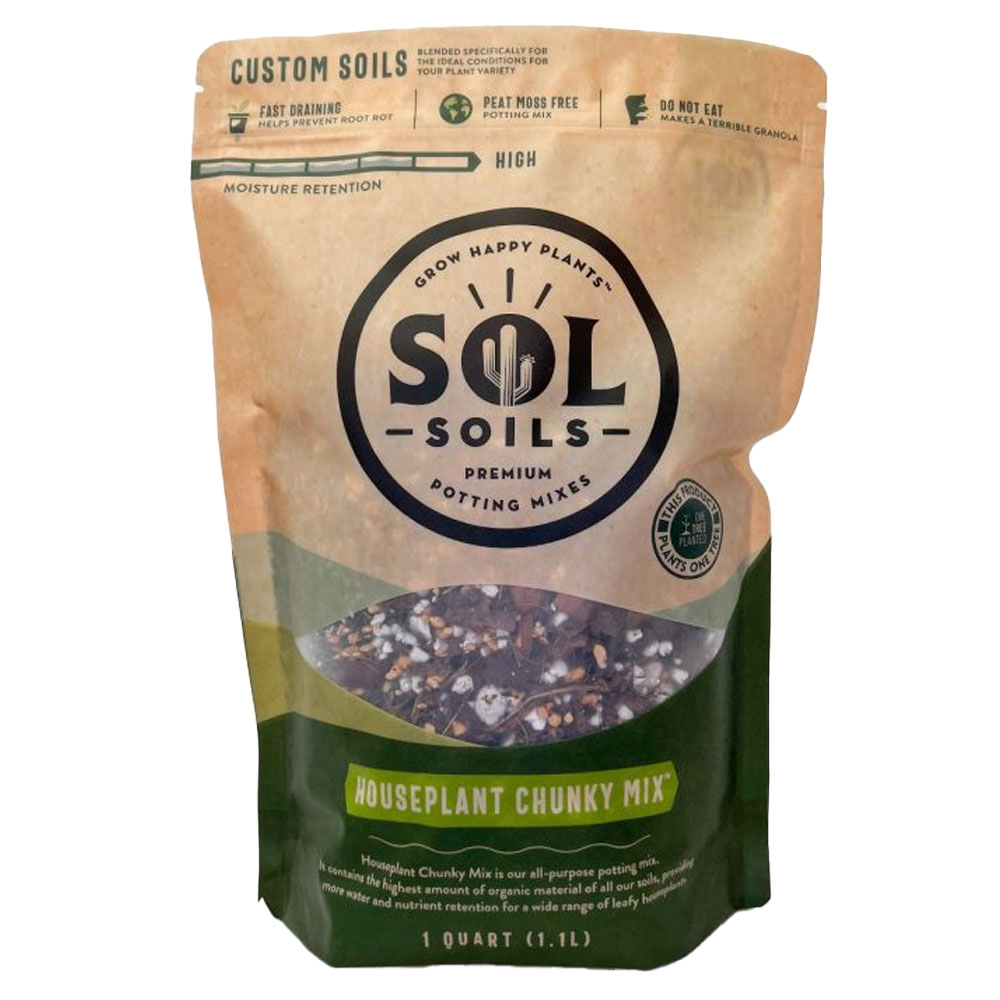

Well, that’s all clear as mud! Sorry, I couldn’t help myself. I do hope I’ve steered you toward a clearer understanding of what to consider when determining soils, amendments and more.
Go Forth & Garden,



